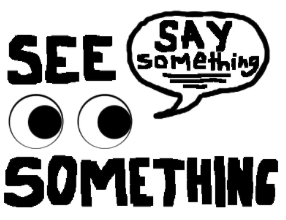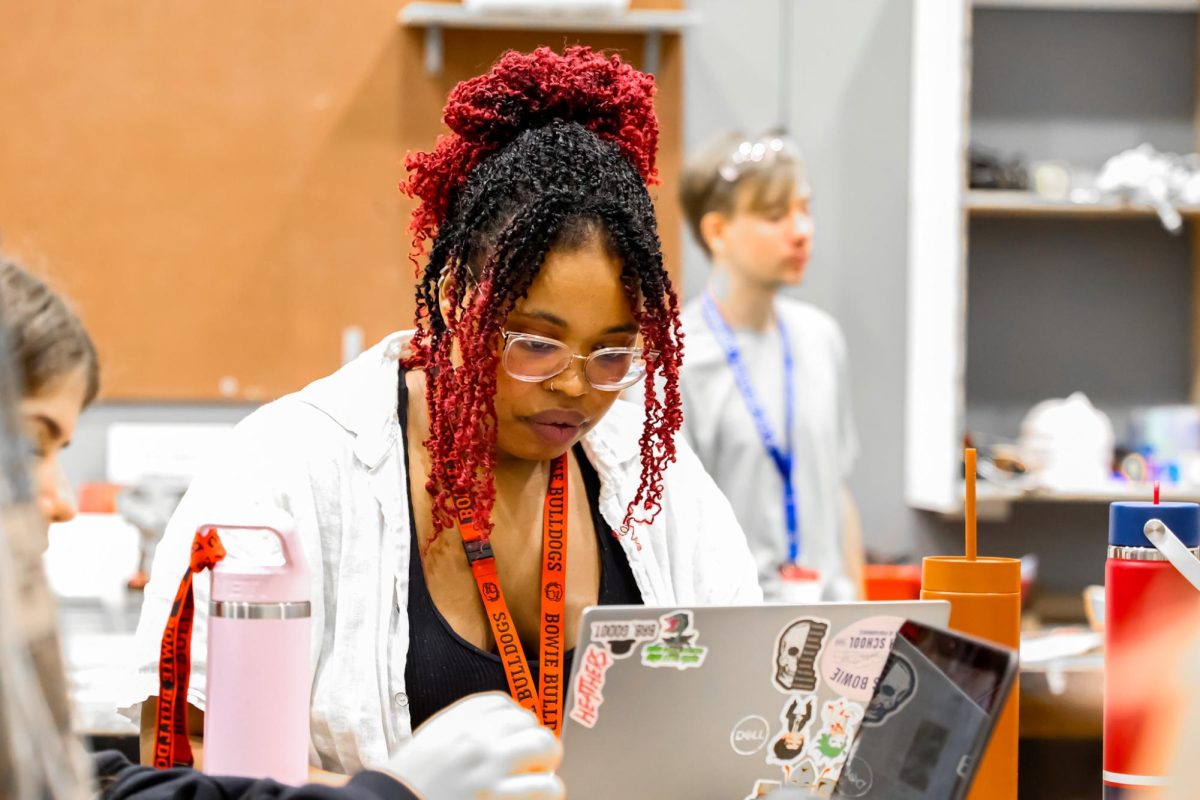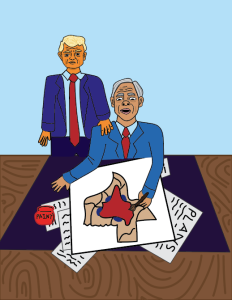Elementary kids take on science experiments
January 1, 2016
Elementary kids came to participate in the annual science day last week. Kids walked through the halls and went to see and participate in the different projects scattered throughout the school.
This is not the first year that Bowie has done this. According to Biology teacher Jill Harding, this has been a tradition that dates back to almost 20 years ago. Three different elementary schools came to visit on the day of science day. The students ranged from Kindergarten to second grade.
“Baranoff, Mills, and Kocurek elementary were the schools that came,” Harding said. “Around 14 classes with a total of around 308 students came in the morning and 12 classes with around 264 students came down in the afternoon.”
All Bowie students were welcome to participate in the day. They help the elementary students go to all of the different stations around the schools and students also helped with projects and experiments.
“My main job was to make sure none of the kids ate the ingredients since our experiment was ice cream dough but it was made of baking soda and it tasted super gross,” Junior Maura Evans said. “One kid did slip by my partner and the little girl just ate a spoonful of the dough; I still remember looking over and just seeing the little girl instantly regretting what she did because the dough smelled really fruity but tasted like the teeth cleaner at the dentist’s office.”
Some students have participated in science day before and have enjoyed it enough to do it again.
“Science day was fun for me because I remember when I went to Kocurek and came to science day in second grade and I remember we did baking soda volcanoes,” Junior Angelica Aguilar said. “I really loved helping out this year; it was just so much fun seeing the kids work and them getting excited over things like soap and water”
Science day was all about safety. The students who did the experiments for the kids had rules to make sure that the kids were not in any way going to be harmed.
“The rules were very strict on safety,” Chemistry teacher Denise Sanders said. “In general the experiments could not burn or cut the kids. If they used real chemicals, they all had to wear goggles.”
Not only did students participate, but science teachers did as well. They were at every station helping the kids with the activities and were supervising while in the room.
“All of the teachers helped in one form or another,” Harding said. “There were 14 different sites and we needed 14 teachers. If a teacher was not at a sight, then they helped with the overflow kids.”
Each teacher’s room had experiments based upon the subject they taught.
“Some of the projects and activities that we had were, skunks, a Venus fly trap, building stuff, peering zoo, planetarium, constellations, fish prints and all about stuff from the ocean, properties of water, hover crafts, ice cream and dry ice,” Harding said.
The experiments were done by the students and their partners. They had enough time to come up with the project and fix any errors if needed.
“We had a week to come up with the project idea. We made a putty with baking soda, water and food coloring,” Evans said. “We added Kool-Aid, lemonade, and food colorings to make the putty look cool.”








